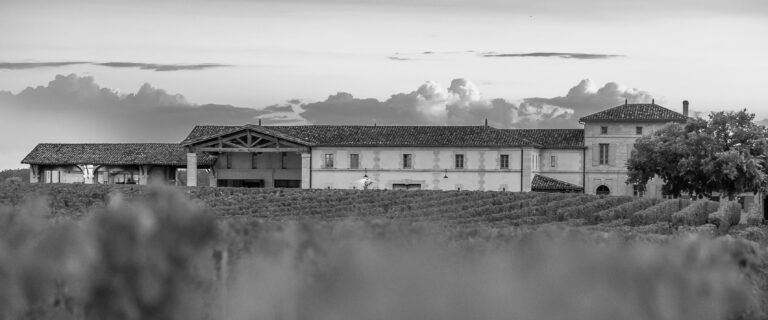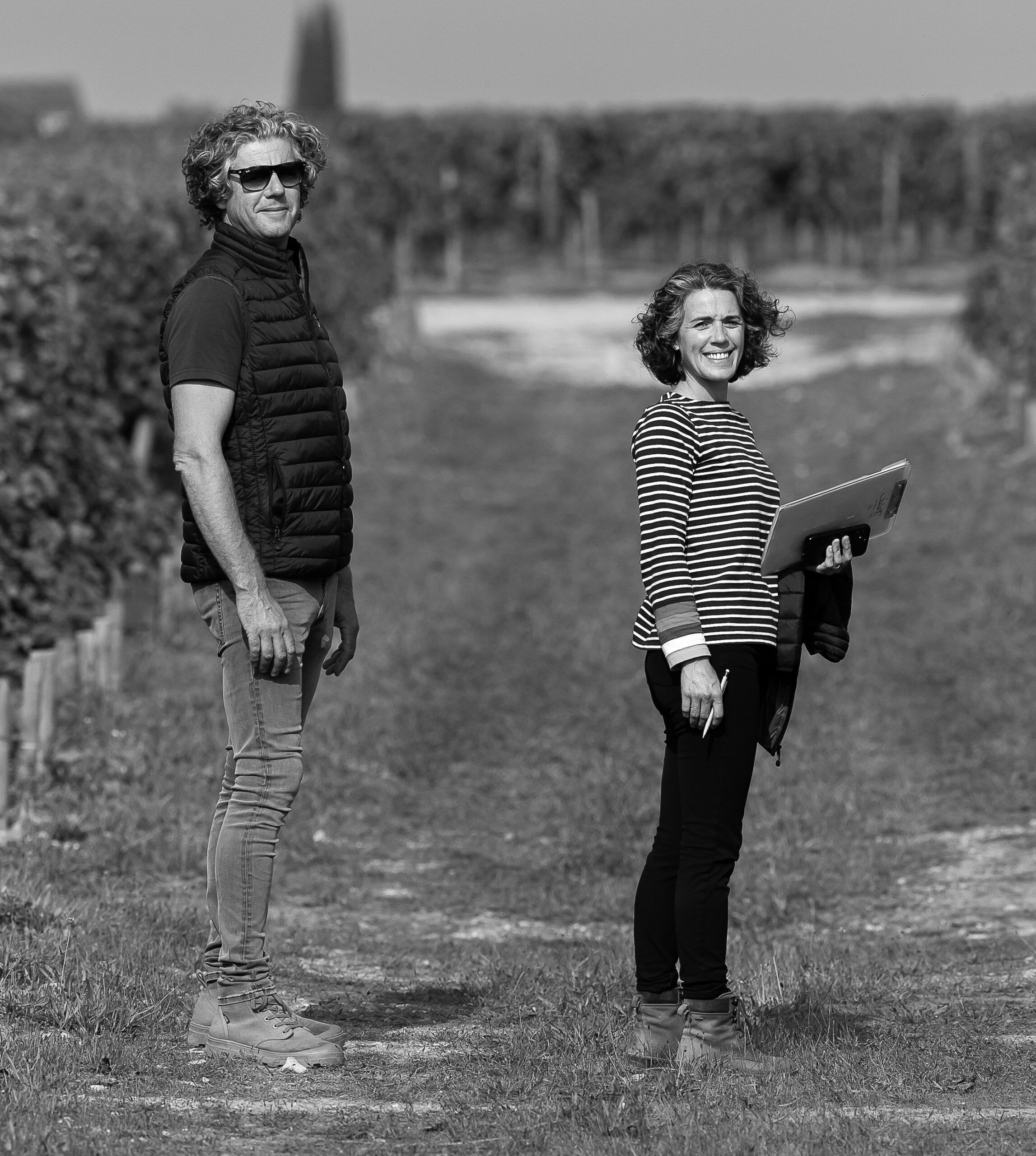
The wines of Château Lafleur will be classified as Vin de France starting with the 2025 vintage
The Guinaudeau Family Breaks with the AOCs to Confront Climate Change
On the occasion of their fortieth harvest, the Guinaudeau family announced a historic decision: starting with the 2025 vintage, all of their wines will be labeled Vin de France. This announcement, the result of long reflection, marks a break with the Pomerol and Bordeaux appellations, to which the family had remained faithful for more than a century.
“The climate is changing quickly and dramatically, there is no doubt. The vintages of 2015, 2019, and especially 2022 offered striking proof of this. 2025 goes even further. We must think, readapt, act,” the family explained in a statement. The Guinaudeaus believe that their adaptation practices are now evolving more rapidly than what is allowed under the current Appellations d’Origine system.
This decision applies to all six cuvées of the Société Civile du Château Lafleur: Château Lafleur and Les Pensées de Lafleur (Pomerol), Les Perrières and Les Champs Libres (Grand Village in Mouillac), as well as Château Grand Village red and white. It is a bold choice, in line with the orientations taken by the family since 1985, one that should allow them to confront climatic reality “with precision and efficiency,” while preserving the continuity and identity of the Pomerol terroir.
Two Decades of Reflection and Experimentation
The turning point dates back to 2003, the year of the first major heatwave. For the family, it was a revelation: from then on, vineyard management was rethought. A drastic reduction in canopy height, thickening of foliage, localized water inputs buried 15 cm deep on the most vulnerable plots—these unprecedented measures made it possible, despite extreme heat, to achieve an early harvest (August 26) of exceptional quality: small concentrated berries, preserved acidity, ripe tannins, and fresh foliage.
These results strengthened the conviction that the vine can withstand such stress, but only through rapid and ongoing adaptation. In 2010 and 2011, the family observed that water stress could become detrimental. Between 2012 and 2024, a vast program of equipment and experimentation was implemented: weather stations, vine and soil water monitoring, trials with mulching, shading devices, and fine canopy management. Two vintages stand out: 2019 and 2022, both hot and dry years, which ultimately convinced the family that “climate change is before our eyes, and this is only the beginning.”
2025, the Defining Year
The 2025 vintage confirmed this trajectory. After a winter that replenished soil moisture fairly well but a spring already in deficit (-73% rainfall in March), drought set in as early as June. From May 20 to August 20, not a single significant rainfall was recorded. Heatwaves followed one another, culminating in record-breaking temperatures: 41.5 °C at the weather station, 44 °C on shaded grape clusters, and up to 49.7 °C on exposed fruit.
Faced with such extremes, the Guinaudeau family believes that the AOC framework no longer allows them the flexibility they need. The example is telling: in 2025, an exceptional authorization to irrigate was only granted on August 22, just days before harvest, with no clarity on volumes or water source. “Too late, too vague,” they denounced.

Paths Forward
The family identifies five concrete levers for the future of viticulture:
adapting planting density to actual water reserves (sometimes fewer than 5,000 vines/ha),
generalizing mulching to limit soil evaporation,
authorizing permanent or temporary shading devices,
allowing a significant reduction of canopy height,
and, above all, regulating irrigation—not by limiting it, but by clearly defining its framework.
However, they categorically exclude the introduction of foreign grape varieties. “It is the association of great vineyard soils with an exceptional local genetic heritage that guarantees the typicity of our wines,” they emphasize.
A Break Assumed
With this radical decision to leave the AOCs, the Guinaudeau family intends to remain faithful to the spirit of Pomerol while giving themselves the means to continue producing wines of excellence.
“Together, let us change the future while staying true to ourselves,” the family concluded, hoping to spark a constructive debate on the future of viticulture in the face of the climate challenge.
